Plant stress: what it is and how it manifests itself
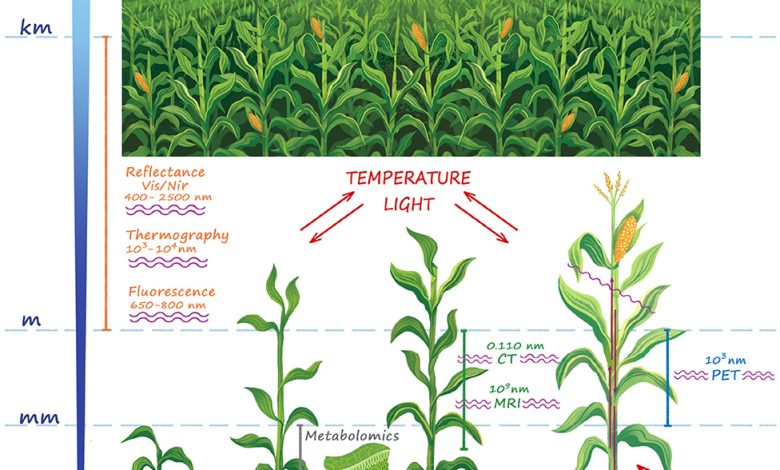
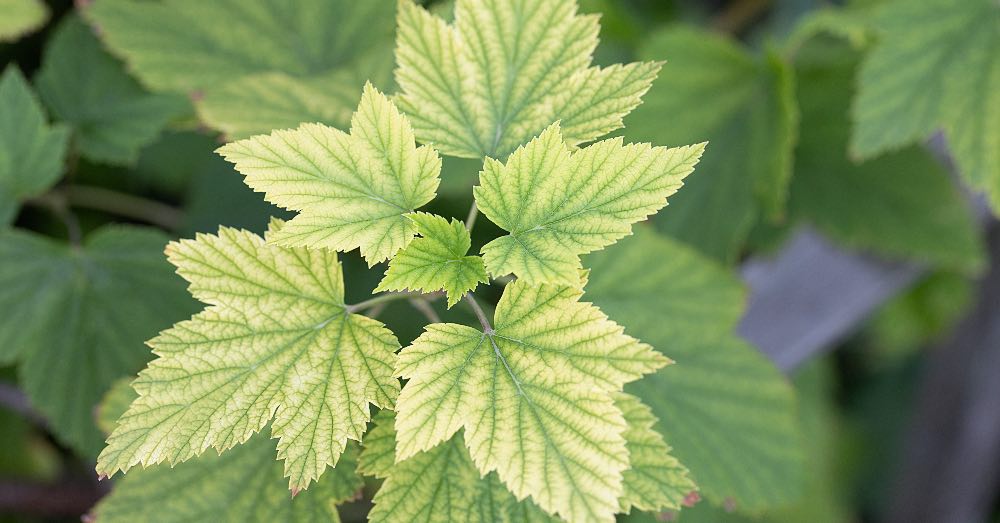
As surprising as it may be, stress in plants is something much more common than we might think. A term that, although we usually identify with humans and animals, is also recurrent in the plant world. In reality, understanding that they can suffer from it requires knowing to what extent certain external, biological or even specific factors can compromise both their well-being and their lives.
By definition, stress is a set of alterations that occur in an organism as a physical response to repeated stimuli. Something that, incredible as it may seem, also affects plant organisms, causing reactions in them that we could consider as adverse. And no, we can’t take it lightly. Plant stress can put a plant so over the edge that it may be the reason to kill it. It won’t do it immediately, but it will trigger a process that ends up with our plant in the trash.
So let’s understand what can cause stress in plants and, above all, how it will manifest itself in them.
WHAT CAUSES STRESS IN PLANTS?
Although we may think that stress only manifests itself in indoor plants, this is not the case. Any plant, including outdoor plants and even garden plants, is subject to factors that can affect its well-being. And, although many of them can be controlled by the human hand, many others are beyond our control. A good reason to get to know them thoroughly and, as far as possible, minimize their impact on them.
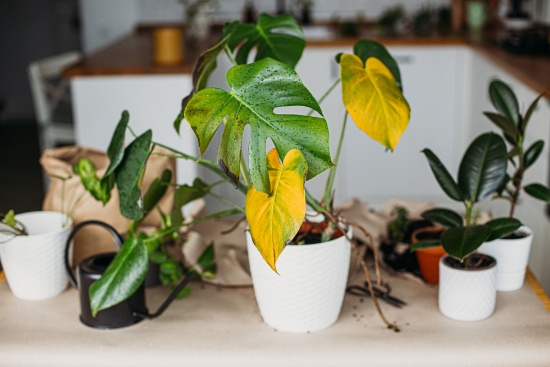
Let’s get to know in depth some fundamental aspects that cause stress in plants to try to take care of them as best as possible. As surprising as it may seem, the list of factors that can trigger this harmful mechanism for plants is much more extensive and familiar than we could imagine.
1. Excess or defect temperature, one of the main reasons
When we consider how to recover a plant after a frost or suffer from seeing a plant burned by the sun, we stay with the fact without thinking about it. However, it is important to know that our plant does not suffer anything other than the consequences of stress caused by a radical drop in temperature or excessive insolation.
For this reason, and in addition to taking precautions at specific times, it is essential to respect the temperature needs of each plant. It is not necessary to expose it to these extremes that we have just discussed: a plant subjected to more cold or heat than it can withstand will also become stressed.
In this section it is also convenient to contemplate the wind and air currents, which can be a trigger for plant stress.
2. Inadequate irrigation, one of the main sources of stress in plants
Both the lack and excess of water take their toll on our plants. Droughts and flooding cause roots to be unable to absorb nutrients and properly distribute them through plant tissues.
3. Presence of weeds, the silent enemies
We will not tire of repeating it: knowing how to eradicate weeds is essential for the health of our plants. In addition to being unsightly, adventitious plants are thieves of light, water resources and soil nutrients.
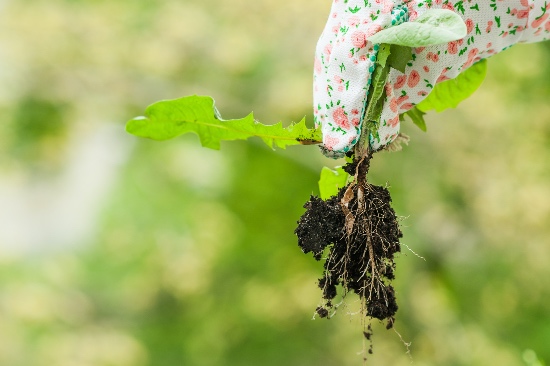
4. Chemical imbalances in the substrate, crucial
We refer to a lack or excess of nutrients in the substrate. A situation that can occur both due to inadequate administration of fertilizers and due to a lack of soil renewal.
5. Pests and fungi, another cause of stress in plants
It is, in fact, one of the main causes of stress in plants. Insects, fungi, viruses or bacteria are not only a threat to the health of our plant. They are also a source of plant imbalance that can make it unable to overcome this external aggression.
For this reason and as important as knowing how to eliminate pests is to prevent them from appearing.
6. Poor lighting, another classic in plant stress
In plants, it is not worth improvising when it comes to their sun needs. So if we look for indoor plants in low light, we will not be able to expose them to excess light; nor not give what they need to the flats with a high demand for it.
If we do, we will be subjecting our plants to unnecessary stress.
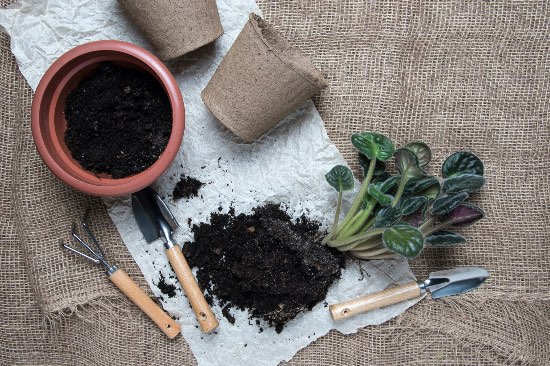
7. Transplanting incorrectly or at a time not recommended
Incredible but true! Knowing how to transplant a plant correctly is crucial both in the short and medium term.
And no: we are not saying this only because the transplant can damage the roots of the plant. We are also referring to the fact that changing the pot and substrates triggers the so-called transplant shock: a picture of plant ailments that is nothing more than stress.
HOW CAN PLANT STRESS BE AVOIDED?
Understanding what are the triggers of stress in plants, it is time to know how to prevent it from manifesting. Although it is true that some situations, fundamentally meteorological, are not controllable; there are many others that we can avoid.
1. Know in depth the needs of each plant
Fundamental! Knowing in detail what the care of a certain plant is will allow us to avoid much of the stress that it can suffer. Only if we give it the light it demands, the water it needs or we expose it to the ideal temperature will it not occur.
2. Use the right fertilizers and in the right amount
Another key aspect. When we talk about manures and fertilizers, «a little more» or not following the recommended guideline is not a good idea. By doing so we will be altering the chemical balance that each plant needs.
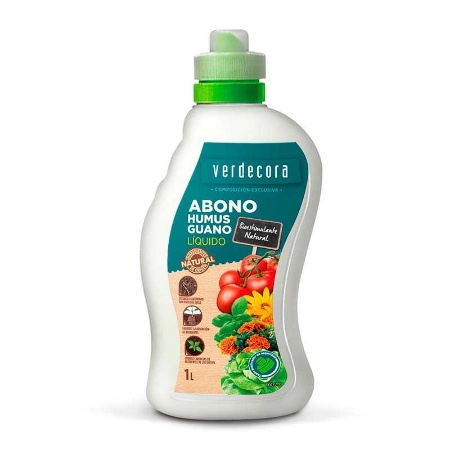
But it is not the only thing to contemplate. Added, it is vital to use the right fertilizer for each type of plant. Doing so is the only way to provide it with exactly the nutrients it demands.
3. Team up with friendly plants to avoid pests
And we are not only referring to beneficial perennials for the garden. We can also join the biological fight naturally, using as part of our plants those that naturally repel harmful insects or even attract their natural enemies.
4. Strengthen your plants preventively
And we are not just talking about fertilizing them or giving them the land they need. We also refer to using specific products that help to naturally increase the defenses of plants.

A task that we can easily include in our care guidelines, and that will make our plants more resistant to possible external attacks.
And now that you know how to recognize stress in plants, you have in your hand the opportunity to prevent it from occurring. The best guarantee to fully enjoy them.

![Photo of Kumato Tomato: [Sowing, Care, Irrigation, Substrate and Pests]](https://www.complete-gardening.com/wp-content/uploads/2021/06/Solanum_Lycopersicum_1591645137-390x220.png)
![Photo of Magnesium for Plants: [Use, Advantages, Excess and Deficiencies]](https://www.complete-gardening.com/wp-content/uploads/2022/08/magnesium-for-plants-use-advantages-excess-and-deficiencies-390x220.png)
![Photo of Prune Incense: [Importance, Time, Tools, Considerations and Steps]](https://www.complete-gardening.com/wp-content/uploads/2021/06/Plectranthus_Coleoides_1621011848-390x220.jpg)
